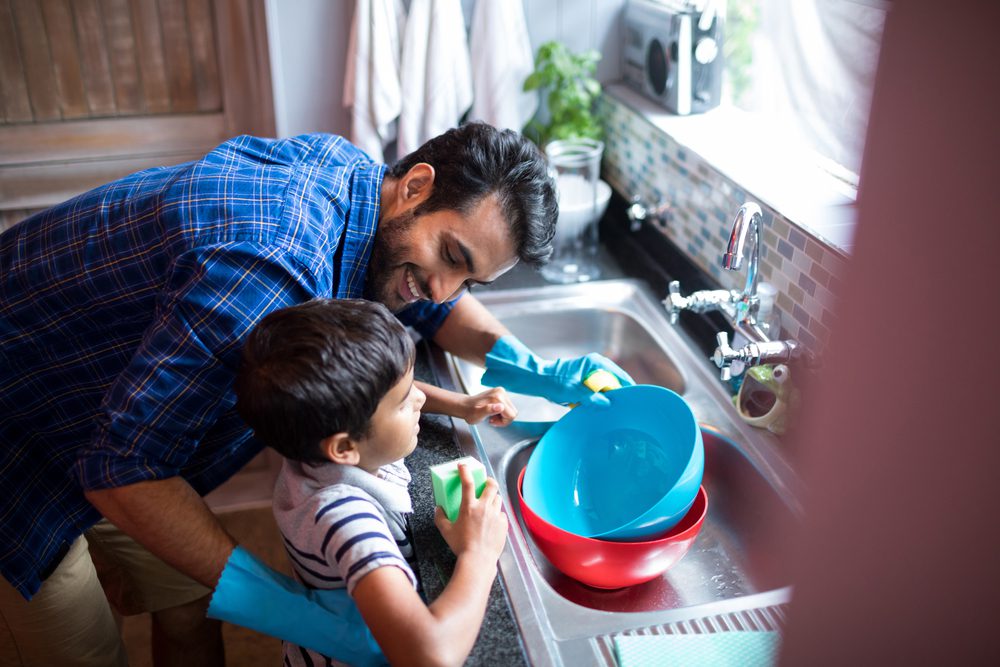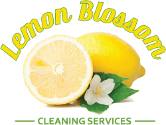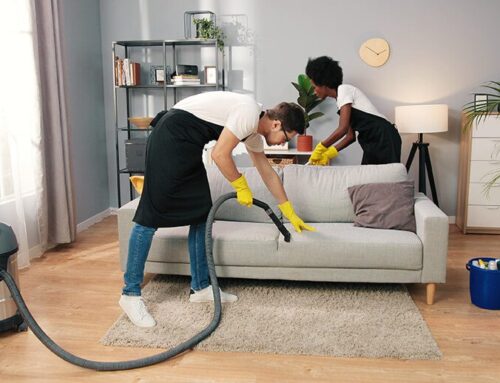
Mastering the Chore Chart: Engaging Kids in Cleaning for a Tidy Family Home
Cleaning the house can often feel like an overwhelming task, especially when you have children running around. However, involving kids in household cleaning responsibilities not only lightens the workload for parents but also teaches valuable life skills such as responsibility, teamwork, and organization. By making cleaning fun and engaging for kids, parents can transform mundane chores into exciting activities that contribute to a tidy family home. In this article, we will explore creative ways to engage kids in cleaning, including age-appropriate tasks, reward systems, and fostering a sense of responsibility within the family.
Age-Appropriate Tasks for Kids
When it comes to involving kids in cleaning, it’s important to assign tasks that are suitable for their age and abilities. By tailoring the tasks to their developmental stage, kids can feel empowered and accomplished. Here are some age-appropriate tasks:
Toddlers (2-3 years old)
Toddlers are eager to help and imitate their parents. Simple tasks such as picking up toys and putting them in a designated box can teach them the importance of tidiness. They can also be encouraged to wipe surfaces with a damp cloth under supervision.
Preschoolers (4-5 years old)
Preschoolers can handle more responsibilities. Engage them by involving them in sorting and organizing toys and books. They can also learn to dust low surfaces, such as tables or shelves, using a feather duster or a soft cloth.
Elementary School Kids (6-11 years old)
Elementary school kids are capable of more complex tasks. Making their beds each morning instills a sense of routine and responsibility. They can also be assigned tasks like sweeping or vacuuming specific areas of the house.
Teenagers (12 years old and above)
Teenagers are capable of taking on significant cleaning responsibilities. They can be entrusted with doing their own laundry, including sorting, washing, and folding clothes. Cleaning bathrooms and kitchen areas can also be assigned to teenagers, as they are more capable of handling cleaning products safely.
Making Cleaning Fun and Engaging
To make cleaning an enjoyable experience for kids, it’s essential to incorporate elements of fun and creativity. Here are some strategies to make cleaning a fun and engaging activity:
Creating a Cleaning Routine
Establishing a consistent cleaning schedule helps kids understand their responsibilities and provides a sense of structure. Involving them in planning and decision-making, such as deciding which tasks to prioritize or what time of day to clean, gives them a sense of ownership and control.
Gamifying the Cleaning Process
Turning cleaning tasks into games or challenges can make them more exciting. For example, you can create a scavenger hunt where kids search for items to clean or set a time limit for completing tasks. Additionally, you can challenge them to beat their previous cleaning records, injecting an element of friendly competition.
Using Music and Dance
Playing upbeat music during cleaning sessions can uplift everyone’s mood and create a lively atmosphere. Encourage kids to dance or move while cleaning, turning it into a physical activity. This not only makes cleaning more enjoyable but also helps kids release their energy.
Reward Systems
Implementing a reward system provides an incentive for kids to actively participate in cleaning tasks. Here are some effective reward systems to consider:
Chore Chart and Sticker System
Create a visual chore chart that outlines each child’s responsibilities. Assign stickers or points for completed tasks, allowing kids to visually track their progress. This system helps them develop a sense of accomplishment and motivates them to complete their assigned tasks.
Rewards and Incentives
Alongside the sticker system, offer small rewards or privileges for achieving certain milestones. For example, after accumulating a certain number of stickers, kids can earn special treats, additional playtime, or choosing a family activity. Setting long-term goals with meaningful rewards, such as a weekend trip or a special outing, encourages persistence and sustained effort.
Fostering a Sense of Responsibility within the Family
Teaching kids about responsibility goes beyond assigning tasks. It involves instilling a sense of ownership and teamwork within the family. Here are some strategies to foster responsibility:
Leading by Example
Children learn by observing their parents’ actions. By demonstrating that everyone in the family has cleaning responsibilities, parents set a positive example. When kids see their parents actively engaging in cleaning tasks with a positive attitude, they are more likely to follow suit.
Teamwork and Cooperation
Assigning tasks that require collaboration fosters teamwork among family members. Encourage siblings to work together on certain cleaning tasks, such as tidying up shared spaces or organizing their play area. Emphasize the importance of working together and appreciate their joint efforts.
In conclusion, involving kids in household cleaning responsibilities is a valuable way to teach them about responsibility, teamwork, and organization. By assigning age-appropriate tasks, making cleaning fun and engaging, implementing reward systems, and fostering a sense of responsibility within the family, parents can transform mundane chores into meaningful activities. Not only will this contribute to a tidy family home, but it will also instill lifelong skills in children. Start implementing these strategies today and witness the positive impact it has on your family.
Frequently Asked Questions (FAQs)
1. Is it necessary to involve kids in cleaning tasks? Yes, involving kids in cleaning tasks helps teach them responsibility, teamwork, and organizational skills. It also lightens the workload for parents and creates a sense of shared responsibility within the family.
2. How can I make cleaning fun for my kids? You can make cleaning fun for kids by creating a cleaning routine, turning tasks into games or challenges, and playing upbeat music while cleaning. Incorporating elements of fun and creativity can make cleaning an enjoyable experience.
3. What are some age-appropriate tasks for toddlers? For toddlers, simple tasks like picking up toys and wiping surfaces with a damp cloth are suitable. These tasks teach them the importance of tidiness and contribute to their overall development.
4. How can I motivate my kids to participate in cleaning tasks? Implementing reward systems such as chore charts and sticker systems can motivate kids to participate in cleaning tasks. Offering small rewards or privileges for completing tasks and setting long-term goals with meaningful rewards can also provide incentives.
5. How can I foster a sense of responsibility within the family? Leading by example is crucial in fostering a sense of responsibility. Showing kids that everyone in the family has cleaning responsibilities and emphasizing teamwork and cooperation can help instill a sense of ownership and responsibility within the family
In conclusion…
Mastering the chore chart and engaging kids in cleaning for a tidy family home is a worthwhile endeavor for parents seeking strategies to involve their children in household cleaning responsibilities. By implementing age-appropriate tasks, making cleaning fun and engaging, and utilizing reward systems, parents can create an environment where cleaning becomes an enjoyable and meaningful activity.
By involving kids in cleaning and instilling a sense of responsibility, parents are not only nurturing a tidy family home but also equipping their children with essential life skills. Responsibility, teamwork, and organization are qualities that will benefit children throughout their lives. So, embark on this journey of mastering the chore chart and witness the positive impact it has on your family dynamics and the cleanliness of your home.
Remember, a tidy family home is not just about cleanliness—it’s about creating an environment where children learn valuable lessons, feel empowered, and develop a sense of pride in their contributions.
Share this article
Follow us
A quick overview of the topics covered in this article.











